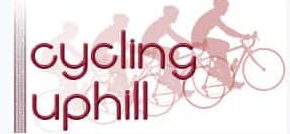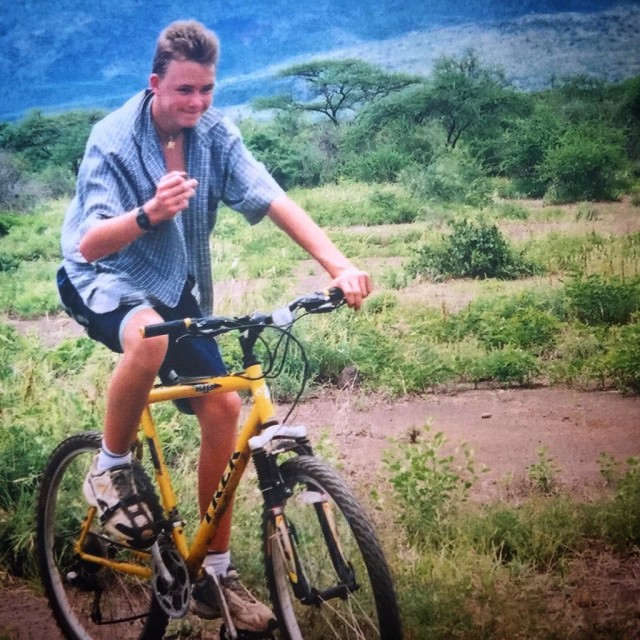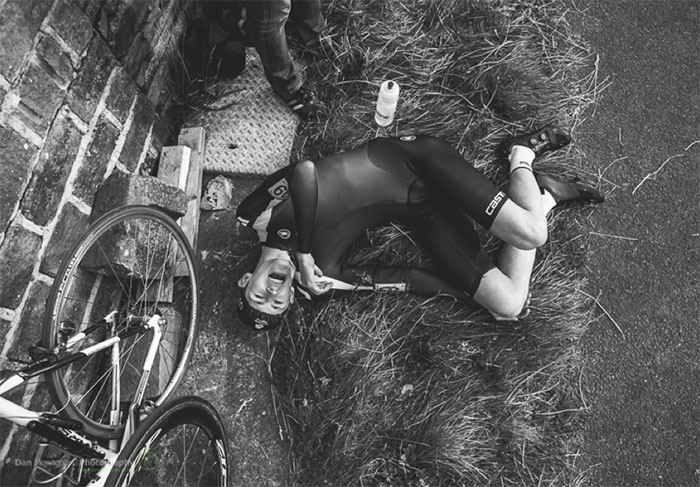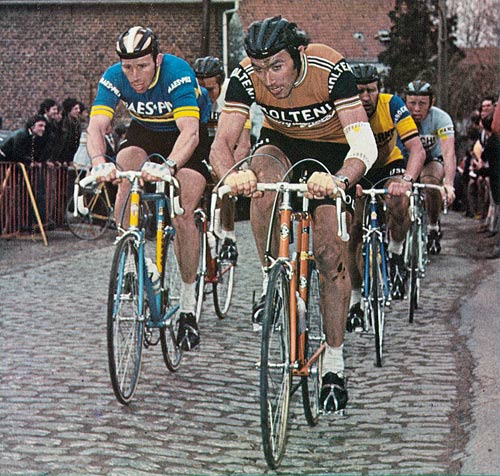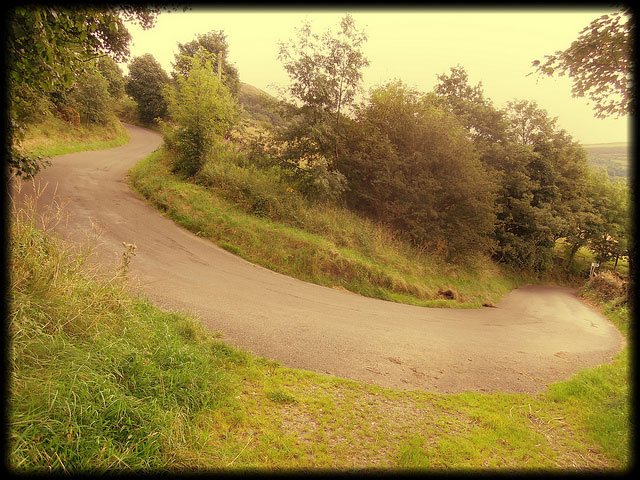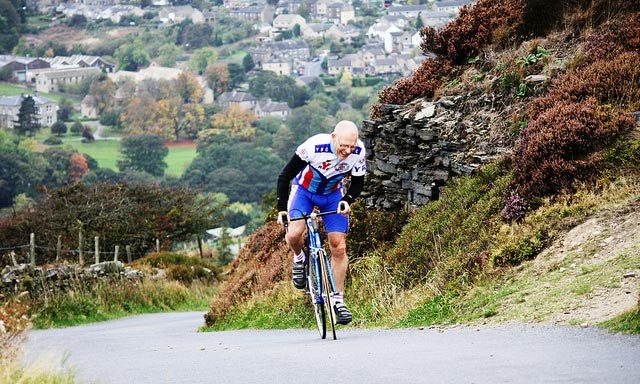I’ve taken my bike on a plane a couple of times. It’s not the easiest process and it takes a bit of planning and motivation. In recent years, I’ve been flying with my bike more frequently as I’ve found the joy of cycling in places like the Pyranees, Sicily, Croatia and Portugal. If you love long steady climbs, you really need to fly out of the UK!
This is a post to share a few tips of taking your bike on a plane.
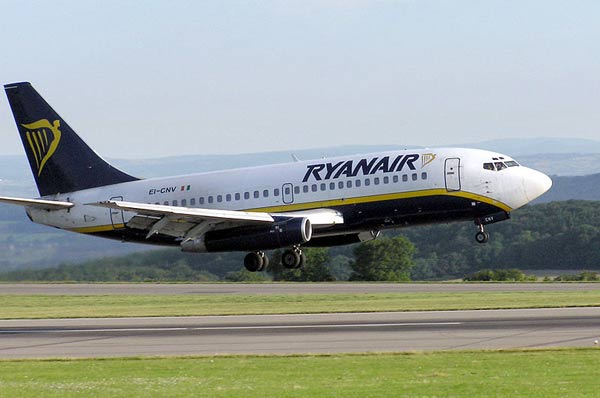
Cost of taking bike on plane
Warning taking your bike on a plane can cost more than the cost of your plane ticket! I travelled Easy Jet on the way out, and Monarch airways on way back.
- Ryanair charge £50 / €50 for one way travel! £60 if you book at airport. That could be £120 for a return flight just for a bike box with a 20kg limit. (Ryanair – baggage charges) Ryanair – the airline which loves to annoy it’s customers!
However, if you take a bike bag, you might be able to get away with not taking a suitcase. I put my clothes in the bike bag – to help protect. It means I’m over the weight limit, but they never seem to weigh bike bags… But, you never know, so it’s a risk. - Easyjet charged £30 for a one way flight. (Easyjet)
- Monarch airlines charged £30 for a one way flight
- British Midland (BMI) charge a fee of £30 per journey if weighs less than 20kg. For over 20kg then you’re looking at a £60 surcharge per flight.
- British Airways allow a bike to be taken for free if it doesn’t exceed your regular allowance.
- Full list of bike carriage charges
- Cycling weekly – rip off Britain bike charges
The other cost, is that you need to book a bigger taxi to transport it. Oxford taxi company charged an extra £5 to take a bike.
